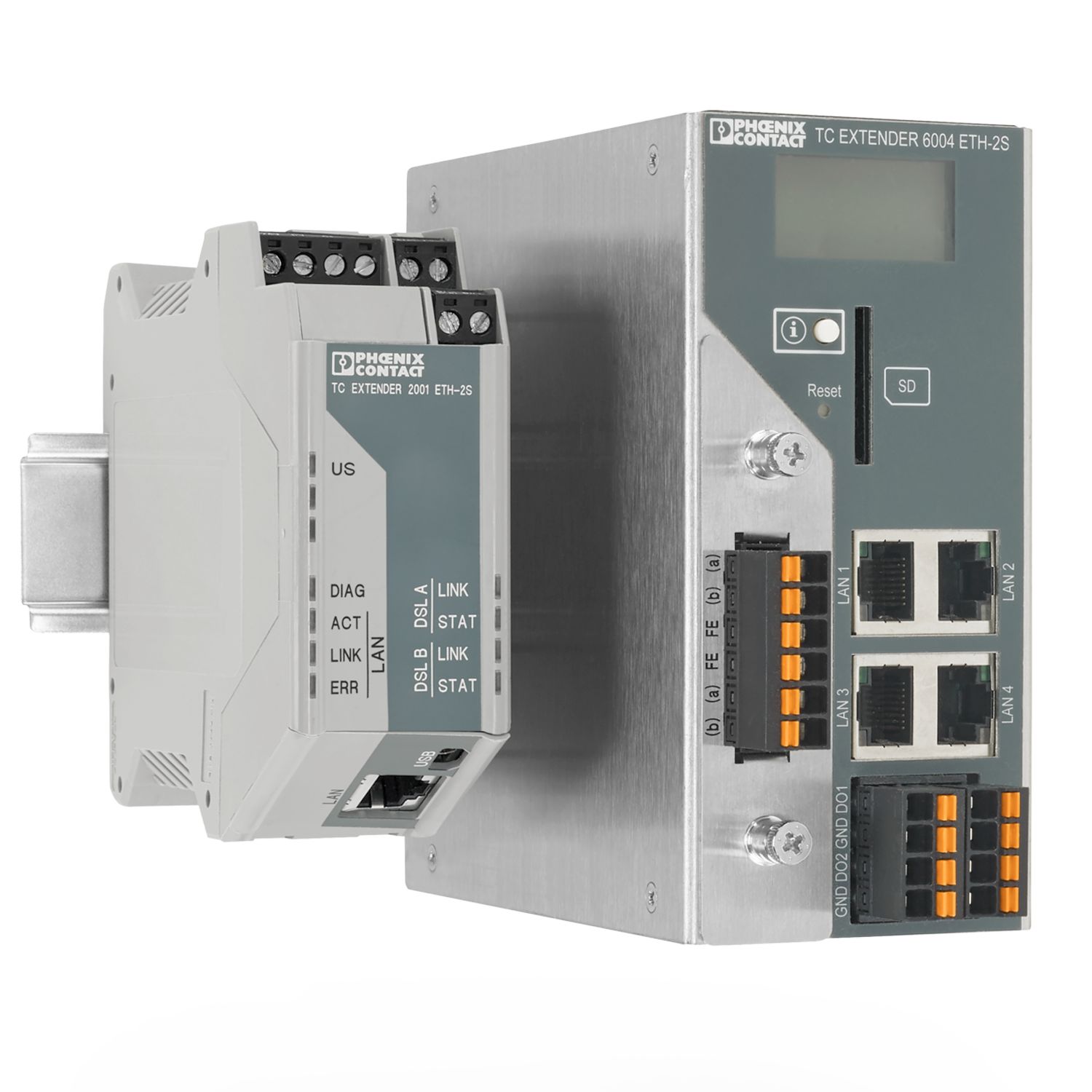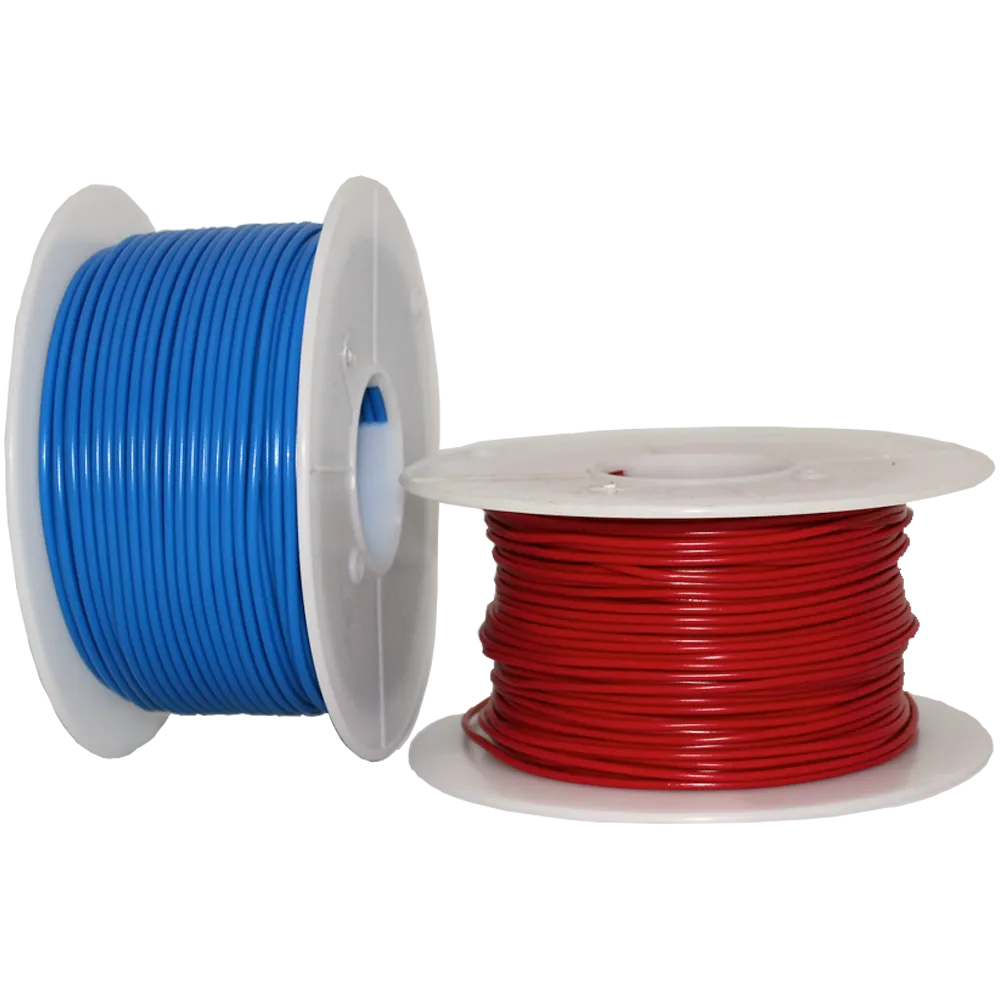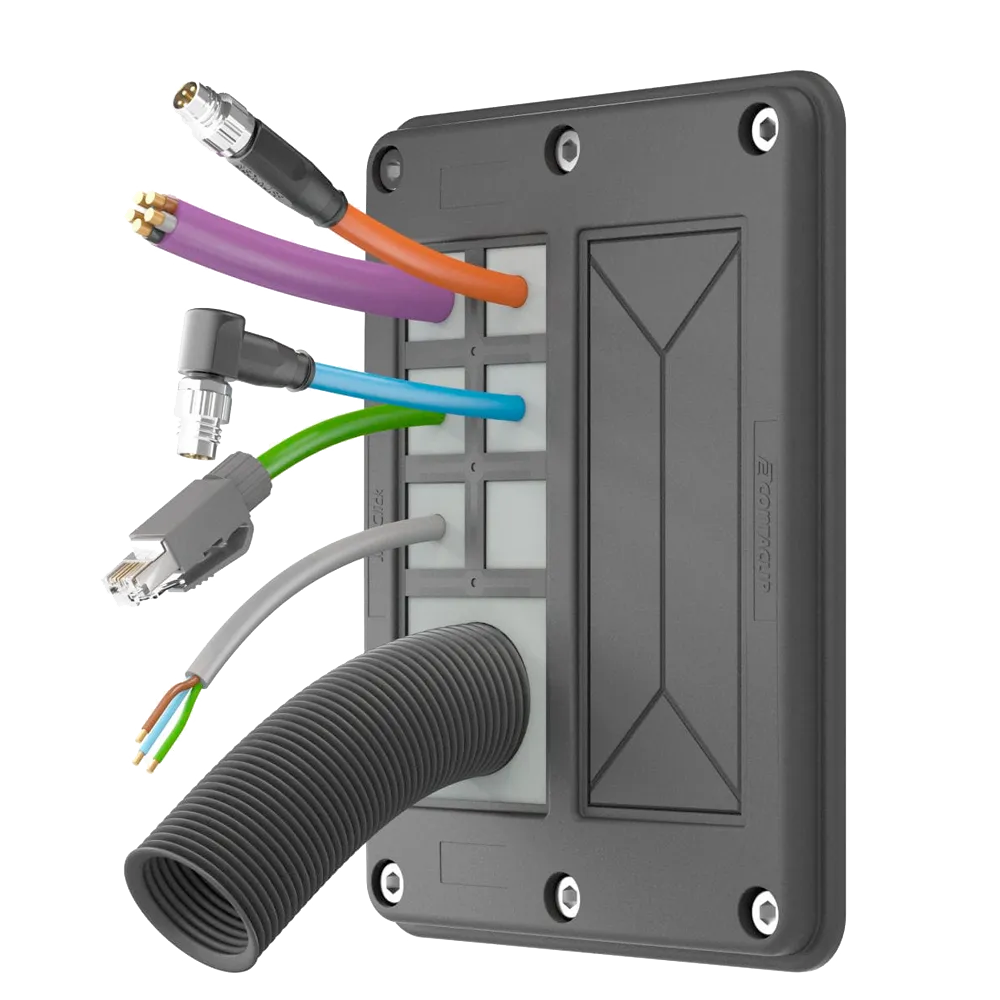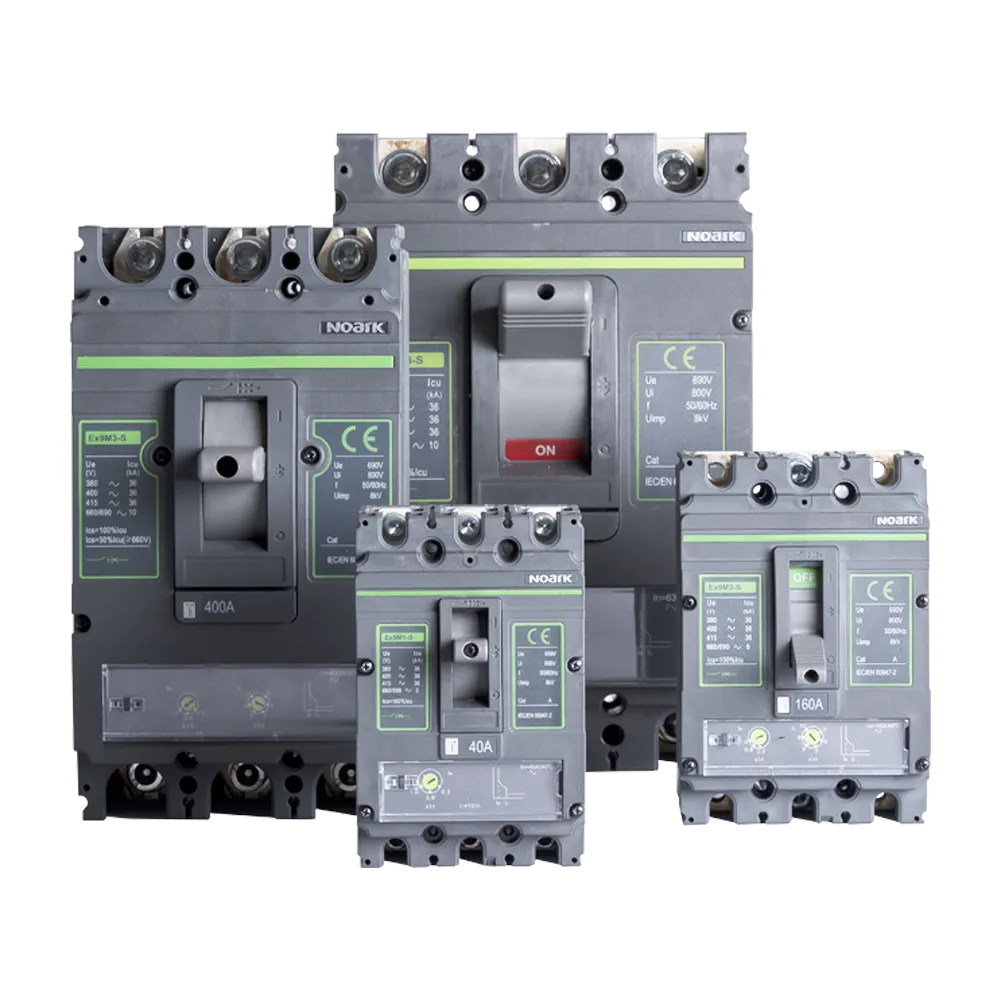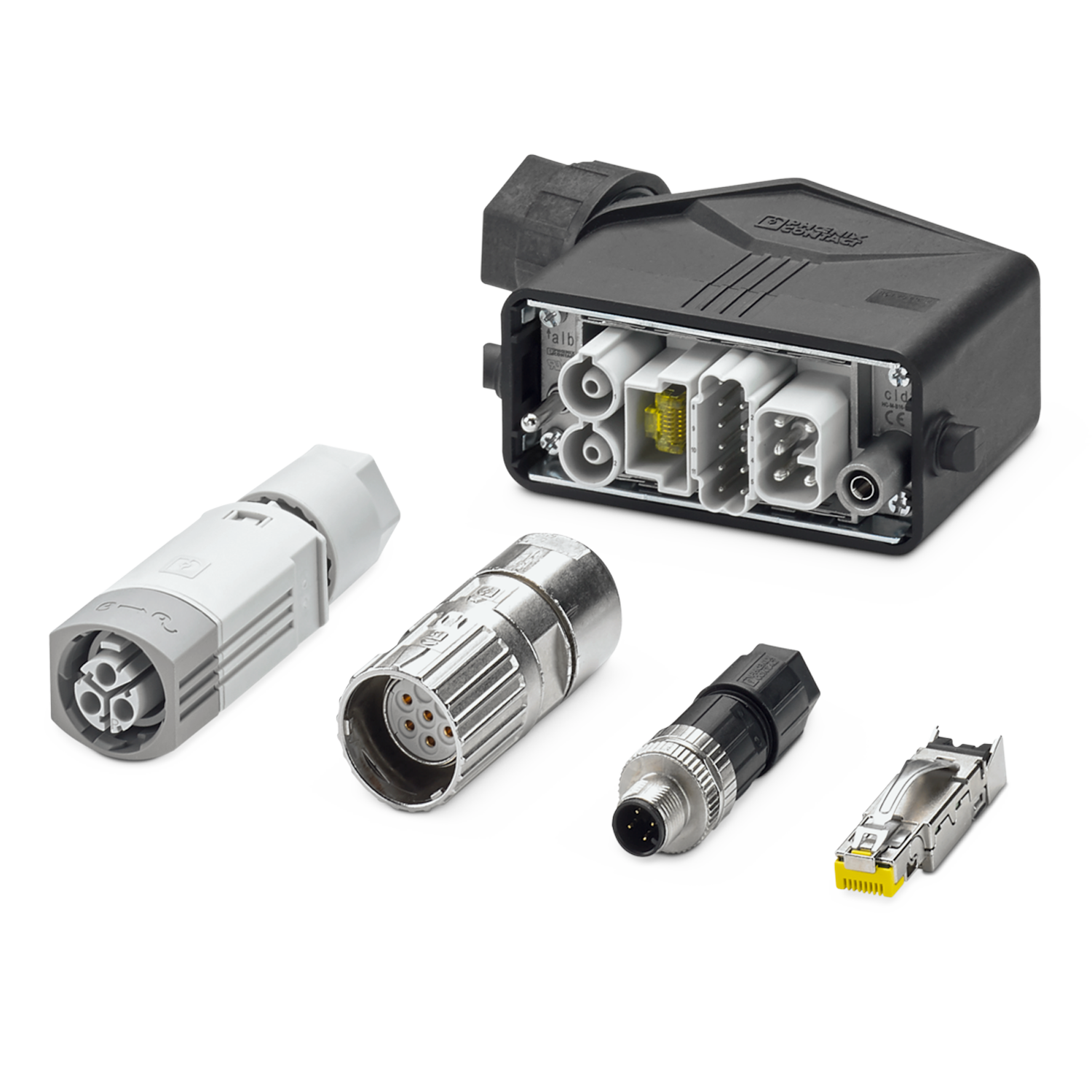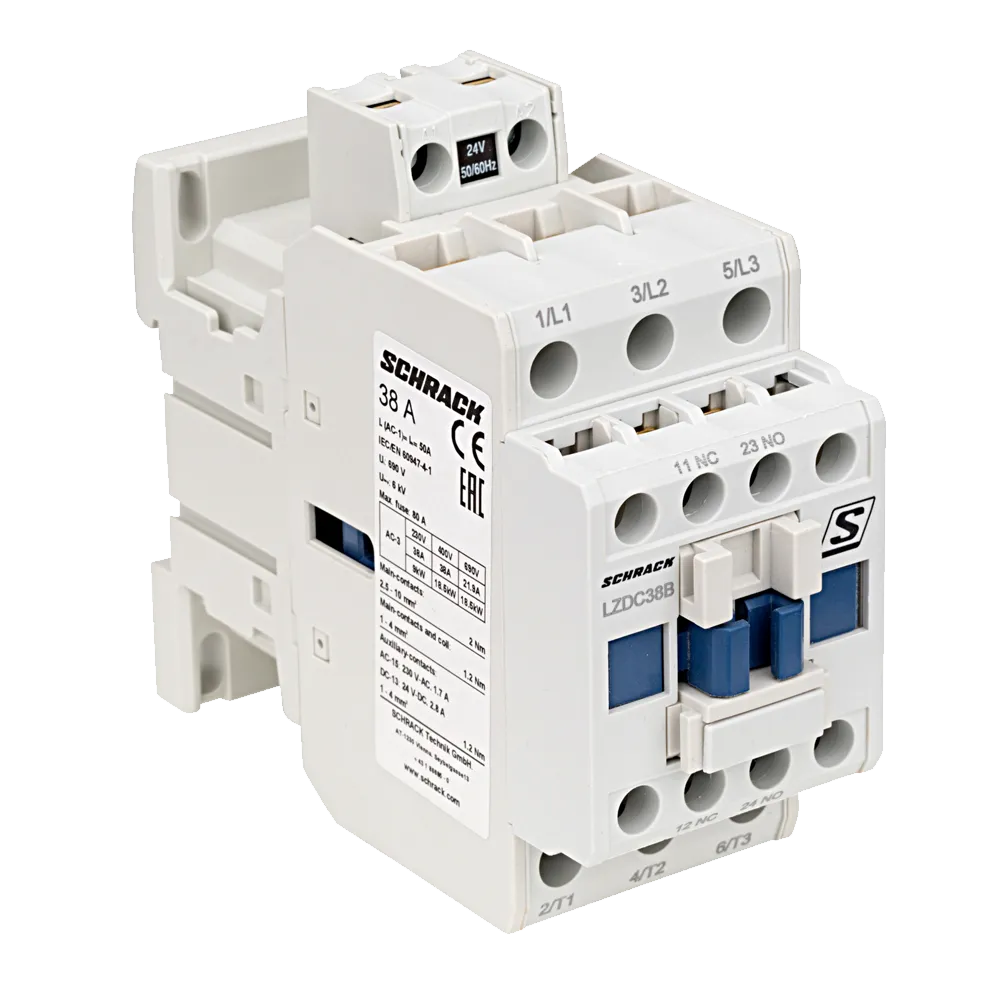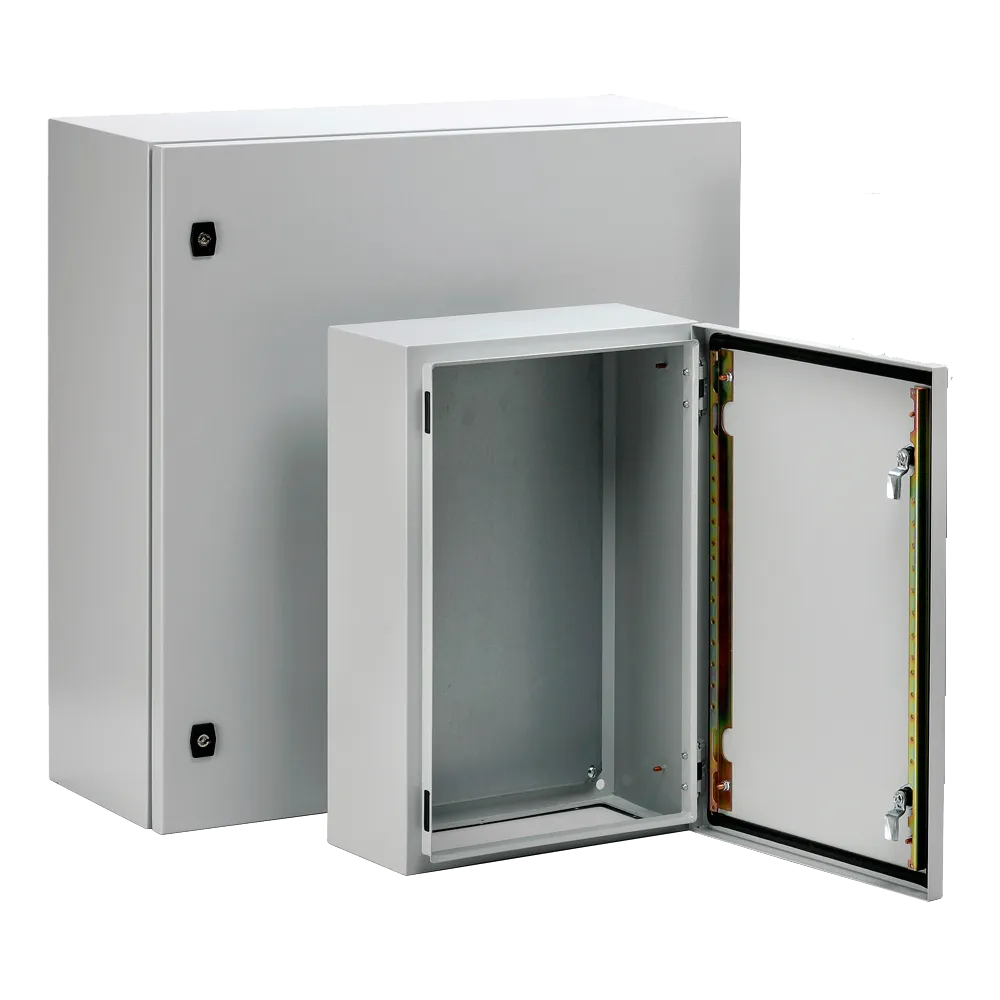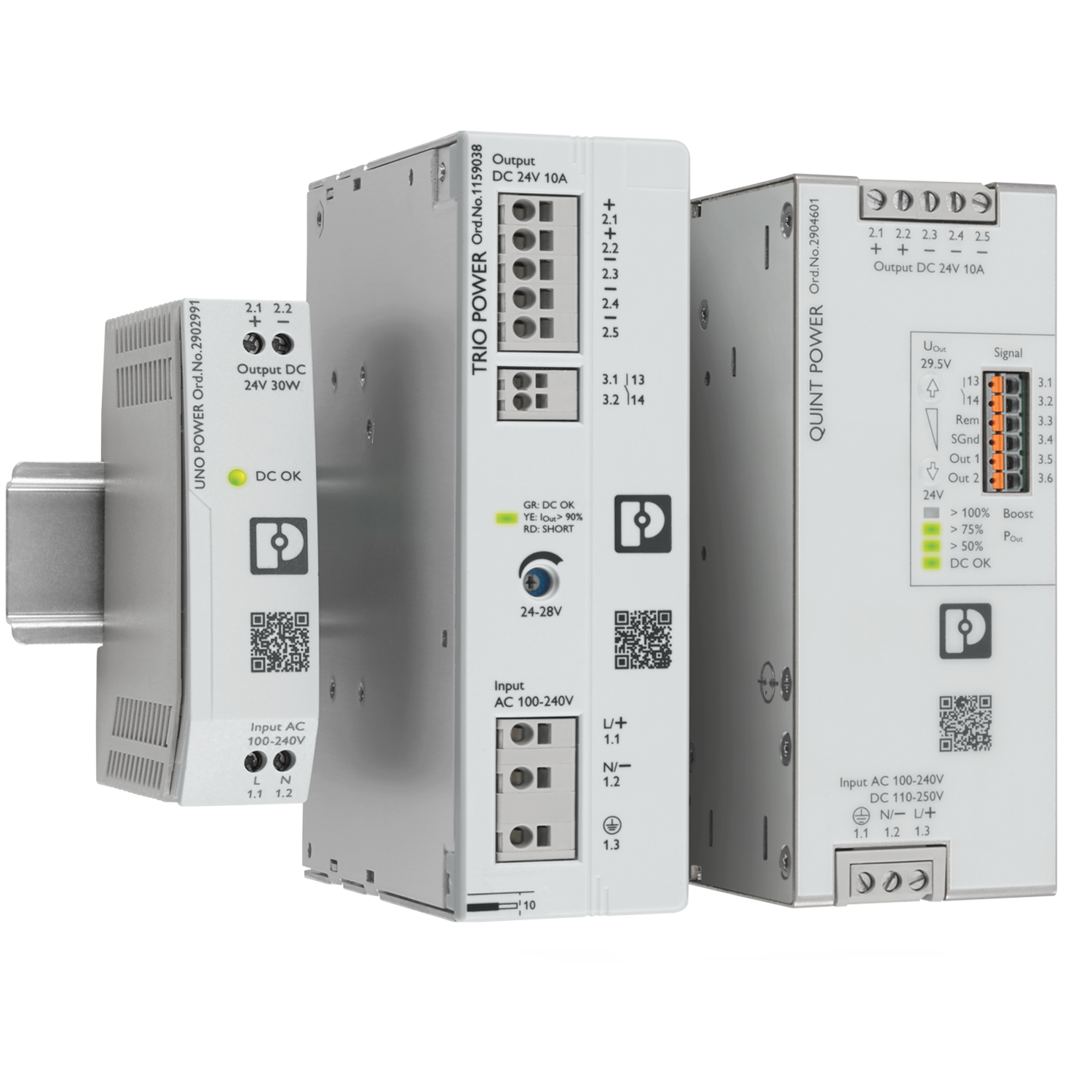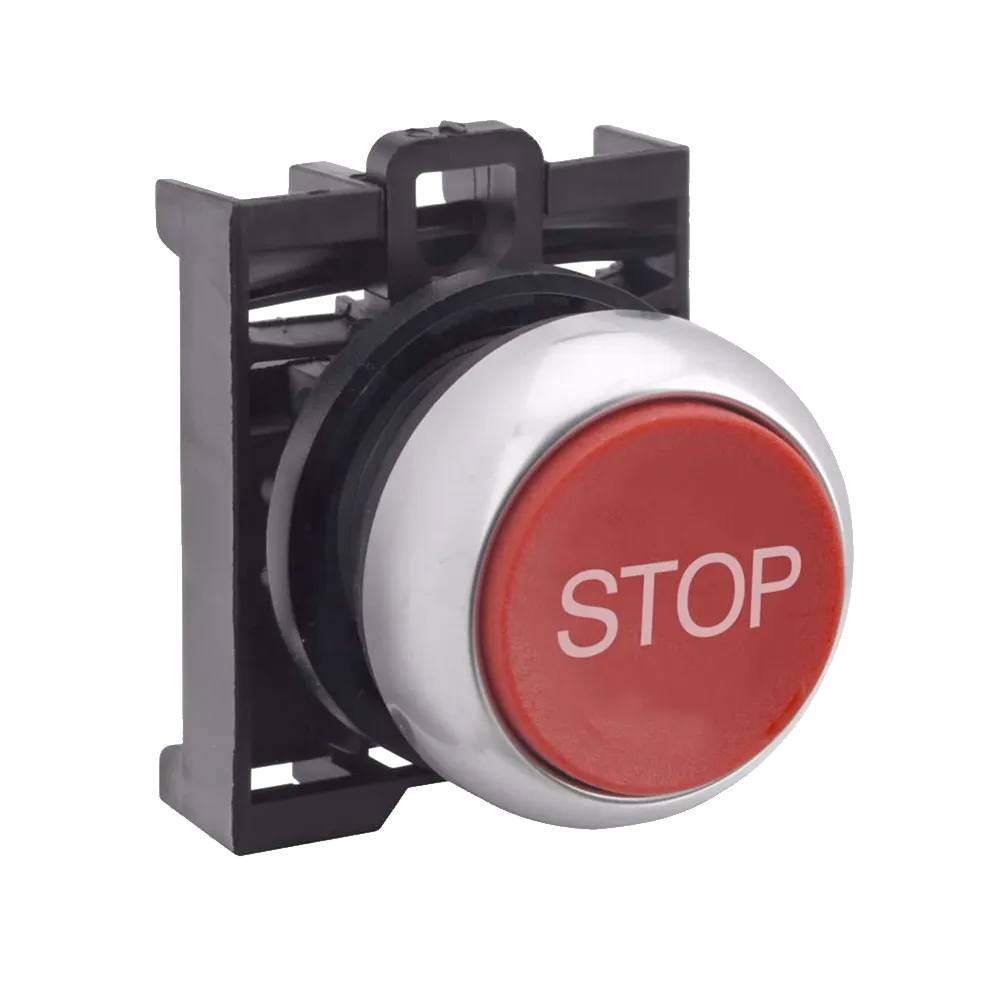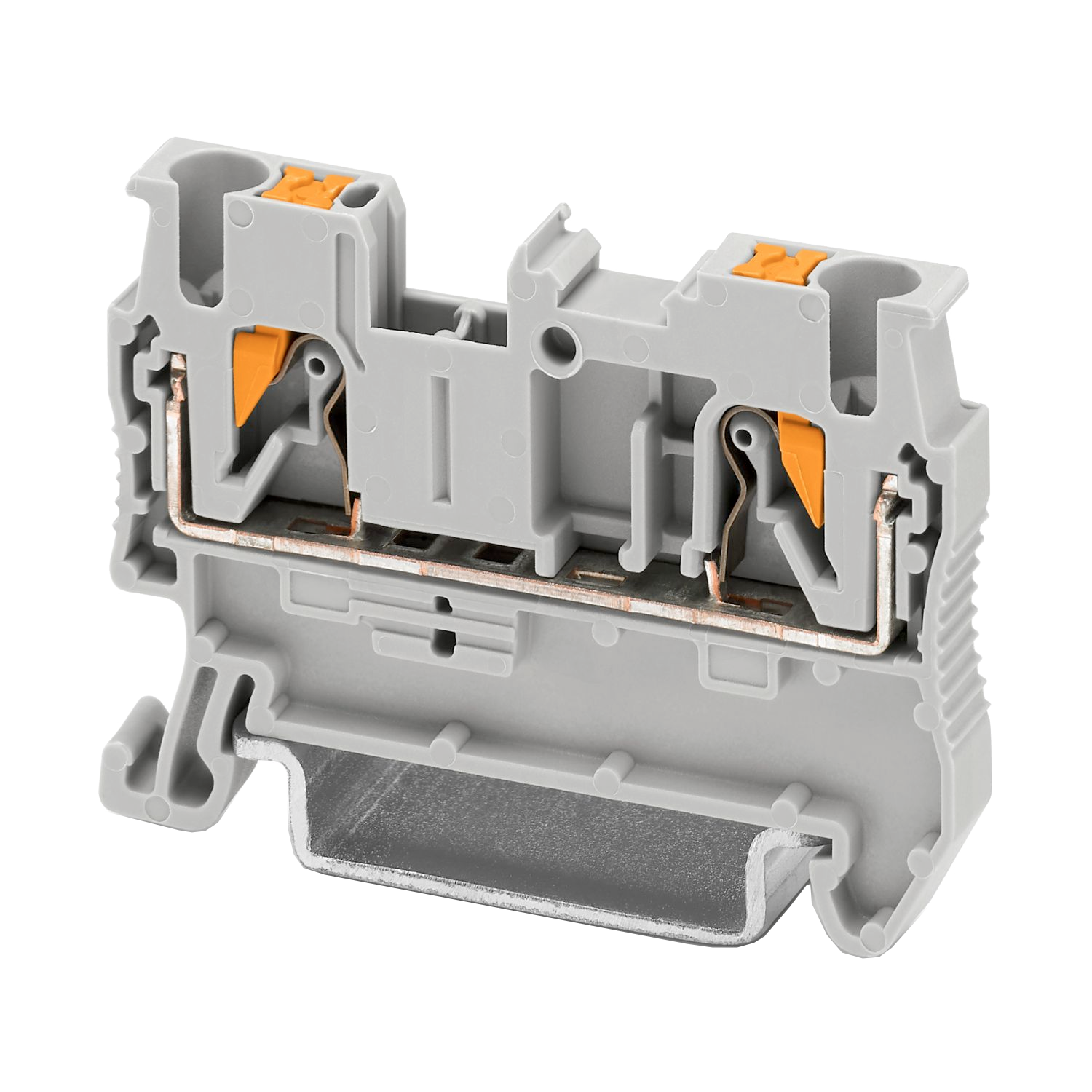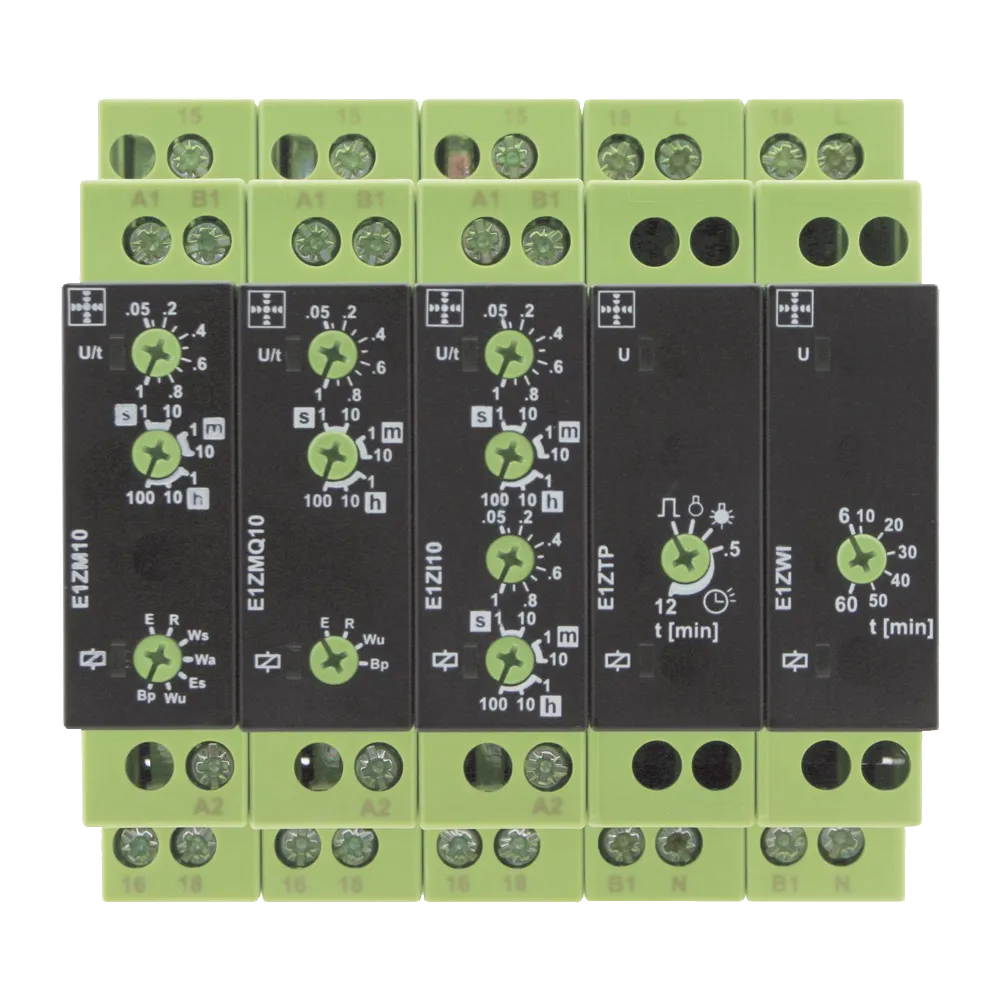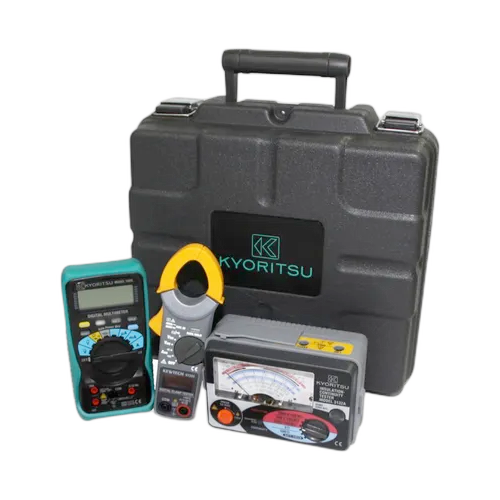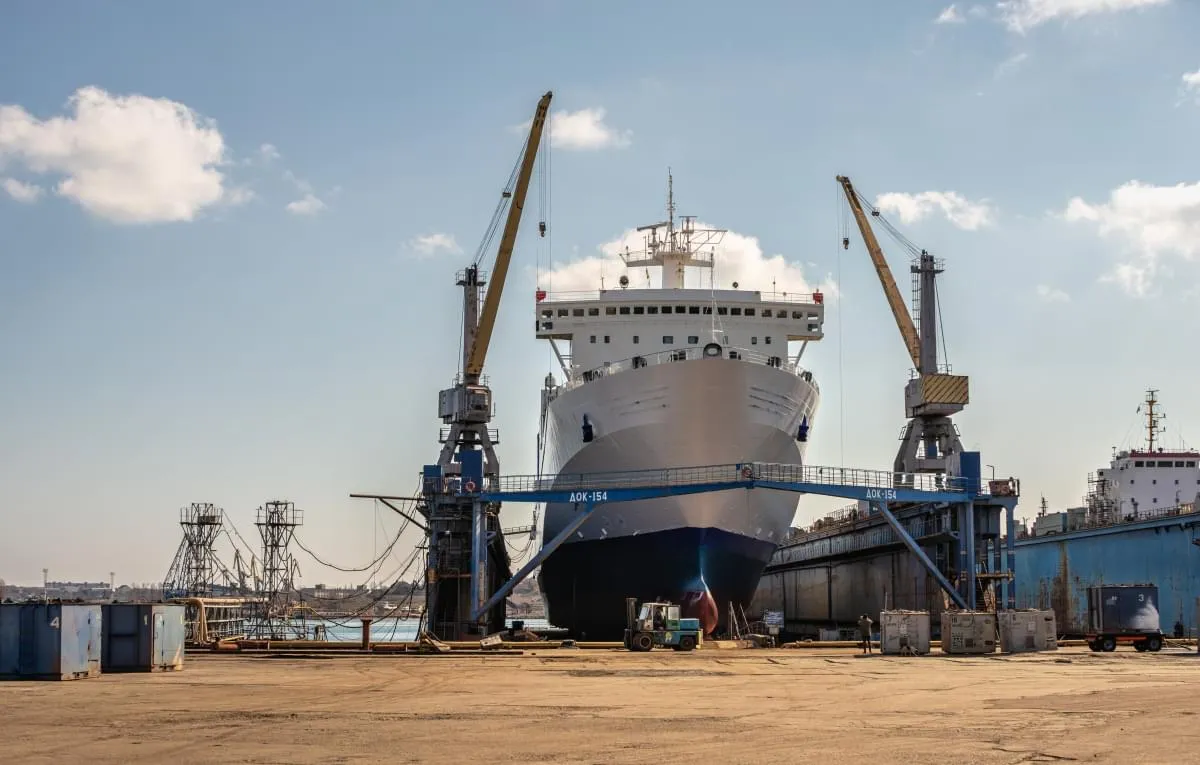
Marine cables installation and maintenance
Cables Designed to Withstand Harsh Marine Environment.
Marine cables installations are on fishing and merchant vessels, cruise ships and yachts, feeder vessels, bulk carriers, oil tankers, drilling vessels, etc.
Marine cables are specifically designed to withstand harsh marine environment such as saltwater corrosion, UV radiation, mechanical stress, and potential fire hazards. The increase of electronic devices on yachts and ships makes necessary to Install shielded and VFD electric cables that will minimize the electromagnetic waves that may cause electrical interference.
Protecting marine cables from damage is crucial to maintaining their functionality and safety. Cables should be properly routed and secured to avoid mechanical stress, sharp bends, or exposure to excessive heat. They should also be protected from potential hazards such as anchors, fishing gear, and other underwater obstructions.
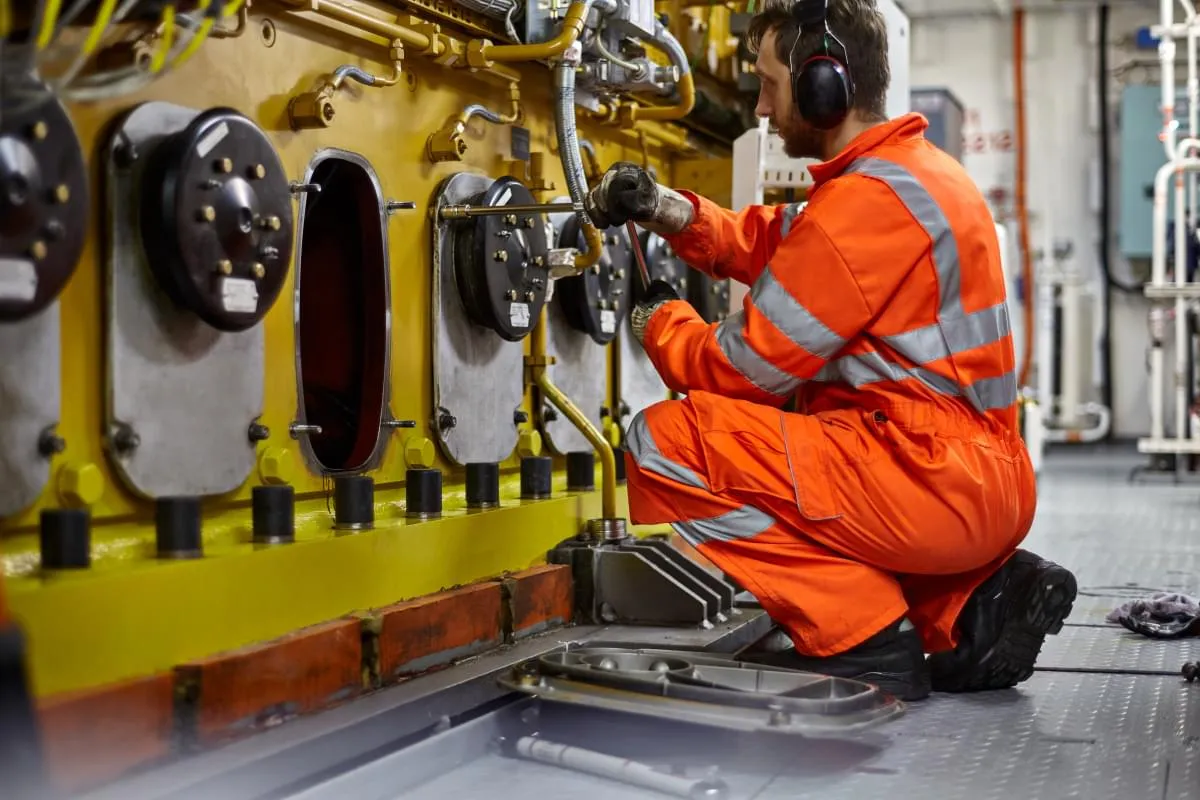
Marine Cables Installation in accordance with Standards.
Marine cable installation should be in accordance with applicable regulations and standards to ensure compliance with safety, legal and performance requirements. The International Electromechanical Commission (IEC) IEC 60092 stands out as the world reference for marine cables. These are the most common international marine cable standards:
IEC 60092-350 Electrical installations in ships – Part 350: General construction and test methods of power, control and instrumentation cables for shipboard and offshore applications.
IEC 60092-352 Electrical installations in ships – Part 352: Choice and installation of electrical cables.
IEC 60092-353 Electrical installations in ships – Part 353: Single and multicore non-radial field power cables with extruded solid insulation for rated voltages 1 kV and 3 kV; Amendment 1.
IEC 60092-354 Electrical installations in ships – Part 354: Single- and three-core power cables with extruded solid insulation for rated voltages 6 kV (U<(Index)m> = 7,2 kV) up to 30 kV (U<(Index)m> = 36 kV).
IEC 60092-376 Electrical installations in ships – Part 376: Cables for control and instrumentation circuits 150/250 V (300 V).
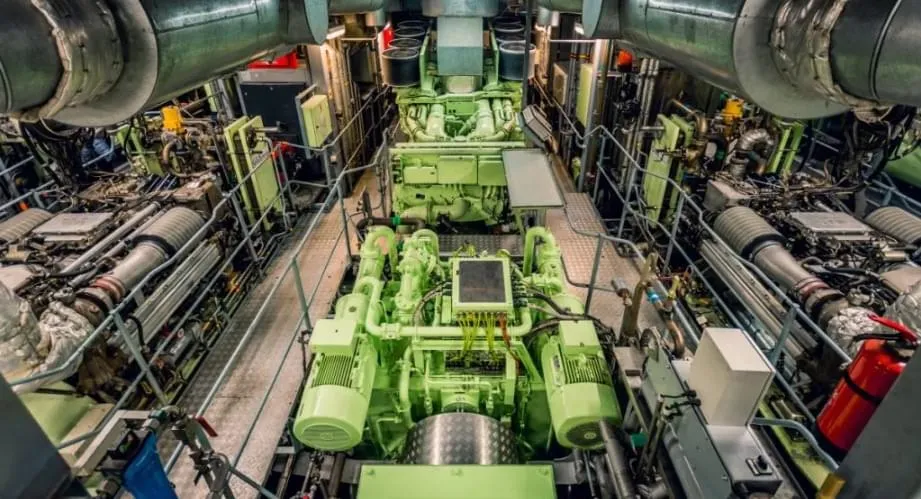
Cable Maintenance is Essential in Marine Environments.
After marine cable installation, regular inspection and maintenance are also essential to ensure the continued reliability and safety of the marine cables. These inspections should be conducted by qualified personnel and include visual inspection for damage, electrical continuity testing, and insulation resistance measurement. Any damage or deterioration of the cable should be promptly repaired or replaced to prevent further issues and ensure the safety of the vessel and its crew.
When choosing the best marine cable, consider cables that comply with IEC 60092 standard and that are certified from the most relevant marine verification bodies.
At Top Cable we’ve been developing and manufacturing TOP CABLE TOXFREE® marine cables for over 30 years. We have a large marine cable stock and proven track record of certified cable solutions for merchant vessels, cruise ships, feeder’s vessels, bulk carriers, tankers, drillships, floatels, etc
For more information visit the Top Cable website to view our marine cable range, or view our Australian stocked TOP CABLE TOXFREE® products below.
News
Switches Plus Components Pty Ltd
242 Governor Road, Braeside, Victoria, 3195
P: +61 3 8587 3200
E: sales@switchesplus.com.au


